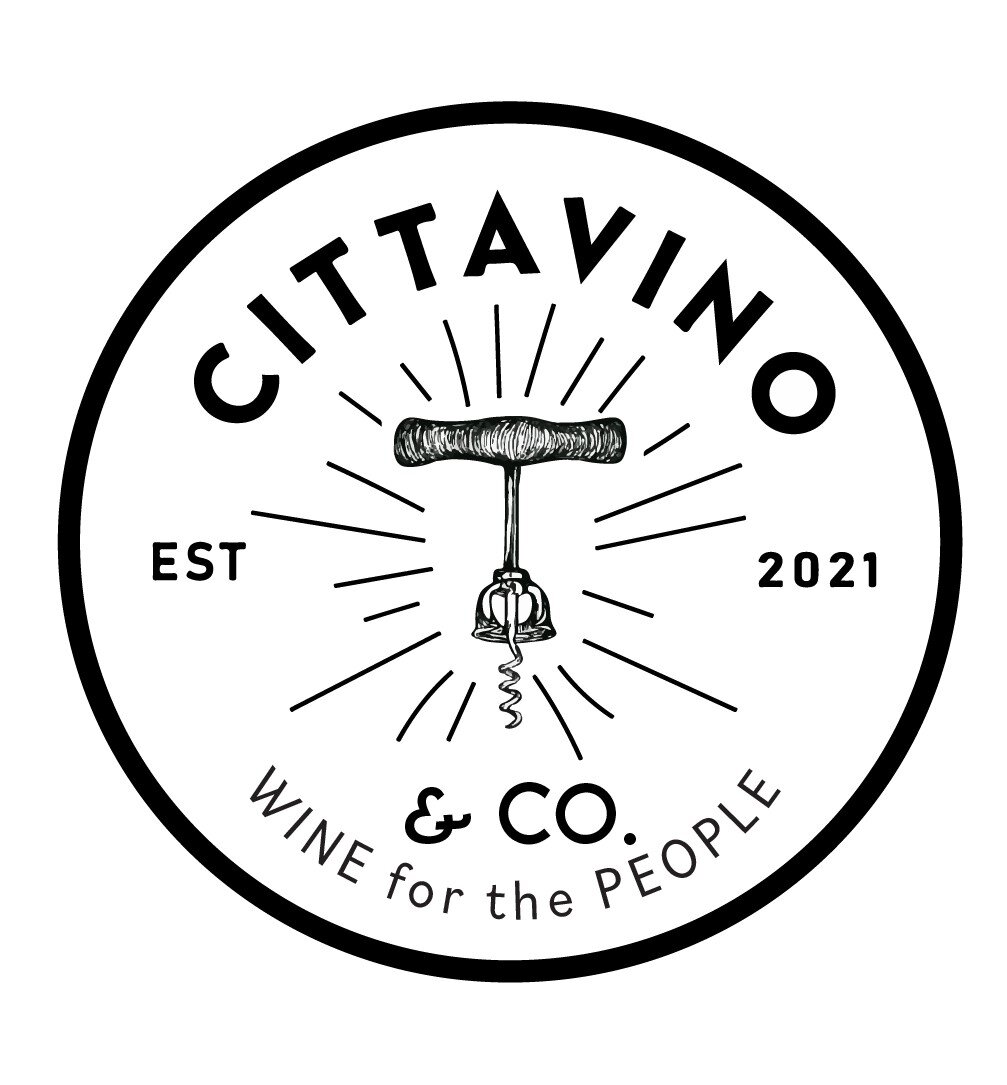Colline Pescaresi IGT & Abruzzo DOC
Pecorino, a derivative of the word “pecora”, sheep, and grows up in multiple Italian regions. There is a term, “spiritual home” that refers to a grape’s original and place of bets expression. For Pecorino, its spiritual homes are in Abruzzo and Le Marche. The name refers to the grape bunches as they resemble a sheep’s tail.
Colline Pecaresi IGT (yellow) vs. Abruzzo DOC (teal)
The regulations to label a Pecorino Colline Pescaresi IGT or Pecorino Abruzzo DOC are the same. To put the name of the grape on a label, the wine must be made with at least 85% of that particular grape. There may be some more restrictions on grape yields in the DOC in an attempt to control the quality of wine, but otherwise, the difference is in location. The Abruzzo DOC covers the entire region and the Colline Pescaresi IGT refers to a smaller, more specific place.
Abruzzo is one of the few Italian regions in which the entre region in classified as a DOC. The fact that the entirety of the region has an esteemed denomination title is probably due to a marketing ploy rather than the true intention of the DOC, which is to demarcate some kind of quality. The fact that an IGT, in this case “Colline Pescaresi,” refers to a more specific area than the often smaller and more restrictive DOC also supports this theory. Presently, Italian wine is recognizable and is readily available, but even just 10 years ago the consumer may have had a hard time locating the Abruzzo on the map, let alone the Colline Pescaresi. Putting “Abruzzo DOC” on the label also puts the region of the Abruzzo on the map.
Abruzzo DOC whites
Bianco : Minimum 50% Trebbiano (Abruzzese, Toscano—these are entirely different grape varietals. To keep it simple (and probably to not upset off any Trebbiano Toscano growers in the Abruzzo, the DOC does not distinguish between these two varietals, though the winemakers most certainly will on their labels and/or websites) + OANWG
Cococciola, Minimum 85% + OAWG
Malvasia , Min 85% + OAWG
Montonico Bianco, Min 85% + OAWG
Passerina, Min 85% + OAWG
Pecorino, Min 85% + OAWG
OANWG=Other Allowed NON-AROMATIC White Grapes (for example, Pecorino, Passerina, Trebbiano—all native to the Abruzzo)
OAWG= Other Allowed White Grapes (for example, Chardonnay. the OAWG category for all of Italy is usually pretty broad and flexible)
Abruzzo DOC Rosso —as you can see, not as generous as the white wines
Minimum 80% Montepulciano + OANRG
SPARKLING WINES
Spumante (WhSp): Minimum 60% Chardonnay, Cococciola, Montonico Bianco, Passerina, Pecorino, and/or Pinot Nero + OAG
Spumante Rosé (RoSp): Minimum 60% Montepulciano and/or Pinot Nero + OAG
Metodo Classico (WhSp): Minimum 60% Chardonnay, Cococciola, Montonico Bianco, Passerina, Pecorino, and/or Pinot Nero + OAG
Metodo Classico Rosé (RoSp): Minimum 60% Montepulciano and/or Pinot Nero + OAG
Millesimato (vintage-dated Metodo Classico)
DESSERT AND SPECIALTY WINES
Passito Bianco (WhSw): Minimum 60% Gewürztraminer, Malvasia, Moscato, Passerina, Pecorino, Riesling, and/or Sauvignon Blanc + OAG
Passito Rosso (RdSw): Minimum 60% Montepulciano + OAG
For someone in the wine industry familiar with Italian wine, labeling the wine COlline Pescaresi IGT would be more informative as it places the wine in a more specific geographical location. Labeling the wine Abruzzo DOC is much broader, but a conscious and smart move by Contesa; the average consumer may not know where the Abruzzo is in Italy, but they definitely won’t know where are the Colline Pescaresi. In fact, searching the Colline Pescaresi on the internet proves rather challenging—it takes some detective work to place its borders.

